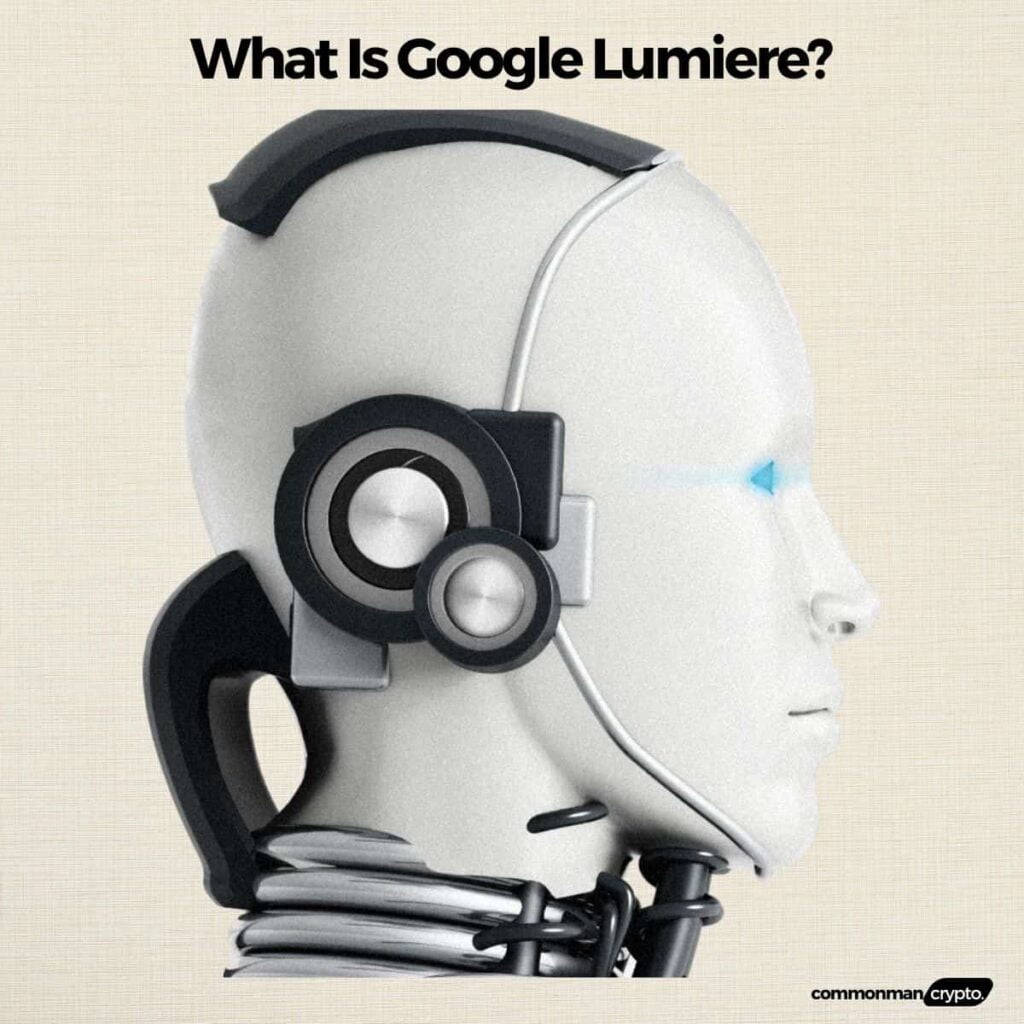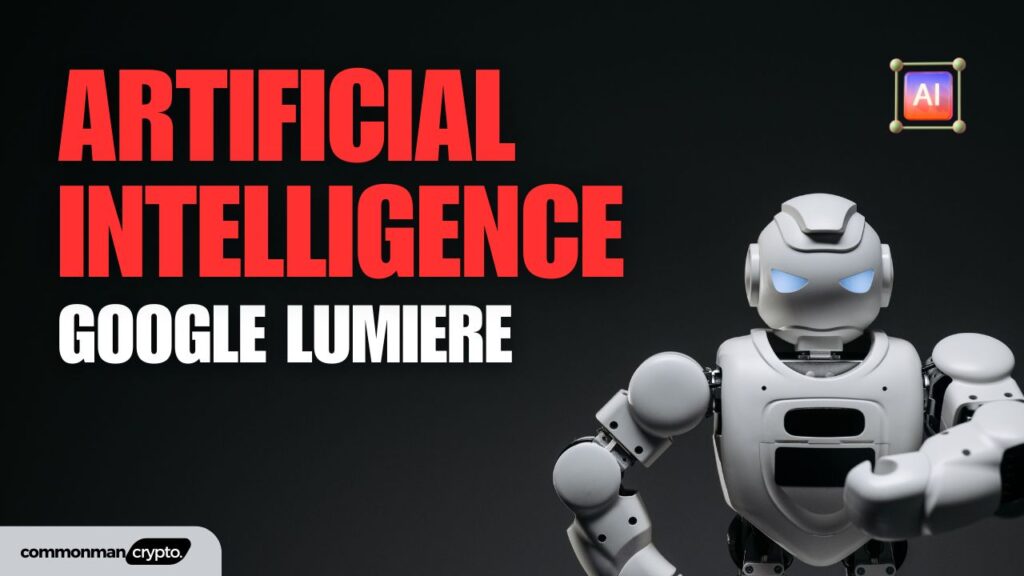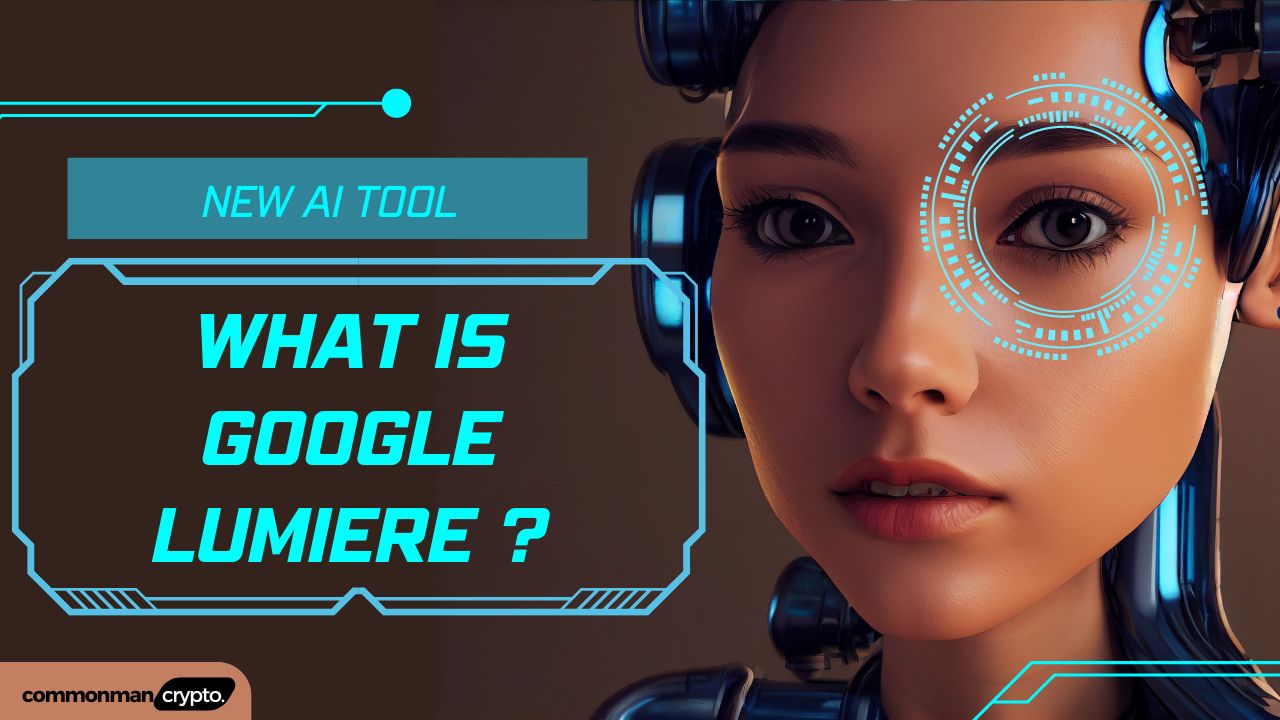Search for AI-powered video creation possibilities with Google Lumiere! Take your ideas and instantly turn them into beautiful visuals, but how does this all work? Discover its potential benefits and an idea of how you might eventually use Lumiere yourself.
Google Lumiere, the innovative AI video model from Google Research, is poised to revolutionize how we create and experience video content. No longer must choppy movements and awkward transitions be endured; Lumiere provides seamless, captivating videos born entirely from your imagination!
What Is Google Lumiere?
Imagine an AI model capable of translating your words into stunning video clips – that’s Lumiere in its essence. By training on massive datasets of text and video, Lumiere uses artificial intelligence (AI) models that convert your written descriptions into stunningly realistic video clips that reflect them perfectly.
Cornell University researchers recently presented Lumiere: a text-to-video diffusion model created to generate videos with realistic, varied, and coherent motion – one of the primary challenges in video synthesis. We developed our model with a Space-Time U-Net architecture in mind to generate all temporal duration at once in one pass in contrast with existing video models, which generate distant keyframes followed by temporal super-resolution that makes global temporal consistency difficult to reach.”
Google just made an incredible AI video breakthrough with its latest diffusion model, Lumiere.
2024 is going to be a massive year for AI video, mark my words.
Here’s what separates Lumiere from other AI video models: pic.twitter.com/PulSjVZaCp— Rowan Cheung (@rowancheung) January 25, 2024
What are the Benefits of Google Lumiere?
Video Creation Made Simple: Lumiere takes the hassle out of video editing software, letting you focus on your creative vision rather than technical hurdles. Unleash Your Imagination: From fantastical landscapes to historical reenactments, Lumiere brings even the most outlandish ideas to life!
Enhance Storytelling: Enhance presentations, social media posts, or short films with stunning AI-generated visuals that engage your audience.
Accessibility and Experimentation: Even those without filmmaking experience can explore video creation with Lumiere.
How to Use Google Lumiere?

Lumiere is still in development and not publicly accessible yet, though Google AI researchers are actively testing and refining it, with hopes that eventually, more people can gain access to it. You can follow its progress via its research blog and keep an eye out for beta testing opportunities.
Lumiere holds immense potential, yet it must be remembered that AI-generated content poses its own unique set of considerations. Ethical issues related to deep fakes and misinformation manipulation must be taken seriously, and making sure human creativity remains at the core of a narrative is essential.
Google Lumiere opens up incredible new horizons when developed and implemented responsibly; from educational simulations to immersive artistic experiences, its potential makes video creation endlessly exciting. The future is bright thanks to this pioneering AI model!
Key Features of Google Lumiere
Lumiere features many key architectural characteristics, including:
Text-to-Video: Lumiere provides an AI video creation platform capable of producing videos from textual inputs featuring realistic motion, which has traditionally been one of the biggest challenges.
Lumiere Is Multimodal: Lumiere’s capabilities extend beyond just text inputs; it can also work with images and other modalities to provide a robust solution for various applications.
Advanced Editing Options: The model features advanced video editing options like video inpainting and cinemagraph creation to push the limits of creative video editing.
Do you think Google is going to release Lumiere now that OpenAI has launched Sora?
It’s conceivable that Google might be motivated to respond to OpenAI’s release of Sora with a competing model like Lumiere. Competition often drives innovation in the tech industry, and Google has a history of developing cutting-edge AI technologies. However, without official statements from Google, it’s purely speculative to determine whether they will release Lumiere or any similar model in response to Sora. Keeping an eye on announcements from Google’s research teams or official statements from the company would provide better insight into their plans.

Frequently Asked Questions (FAQs)
When can we expect Google to publicly release its Lumiere model, which is its text-to-video model that could rival OpenAIs-Sora?
As of my last update, there hasn’t been any official announcement from Google regarding releasing a text-to-video model named Lumiere. Predicting when Google might publicly release such a model is challenging without concrete information from the company. However, considering the pace of innovation in artificial intelligence and the competitive landscape, it’s plausible that Google could develop and release a model to rival OpenAI’s Sora or similar text-to-video models in the future.
Keep an eye on announcements from Google’s research teams or official statements from the company for any updates regarding the potential release of a text-to-video model like Lumiere.
Is Google Lumiere available to use?
Lumiere is still under development and not publicly accessible yet. However, researchers are actively testing and refining it in hopes of wider accessibility in the near future.
Is Lumiere available to the public?
Google has not yet made Lumiere available for public use; as such, all we have available to us at this point is its research paper.
How to access Google Lumiere AI?
Visit the Google Lumiere website and sign in using your Google Account. Select whether you wish to make a video using a text prompt or image, type a short description or concept of the video if text prompted, and upload images if image prompted.
Is Google Lumiere open to the public?
Their video diffusion model, named after cinema’s pioneers – the Lumiere brothers – displays remarkable consistency and realistic, seamless motion. Unfortunately, however, it has yet to be made available for public testing.
What is the difference between Google Lumiere and open AI Sora?
Sora boasts higher resolution (1920×1080) compared to Lumiere’s 512×512. Lengthwise, Sora can generate longer videos (up to one minute in duration), while Lumiere currently does not know its limit. Features-wise, both models possess impressive abilities, including understanding characters and styles and generating multiple scenes at the same time.
Is Google Lumiere Free?
While the features of the Google Lumiere AI model seem intriguing to experiment with and could open up an entirely new era of video production and editing, we do not yet know how the company plans on releasing access. Unfortunately, they have released no trial model or plans made public regarding how soon access might be released – though earlier announcements of Google Gemini chatbot availability were fulfilled by free access plans on Google Vertex AI Studio soon after the announcement; no indication as yet as to whether this same path would apply with Google Lumiere – although indications were given regarding when plans would release begin or even become public if so – none whatsoever.
Google has already dabbled with text-to-video AI tools, with Imagen Video providing a solid baseline when Meta’s Make-A-Video AI editor was unveiled in 2022. Google’s most recent offering seems to have improved over its previous iterations, showing how rapidly (or slowly, depending on your opinion) technology evolves.
“Our primary aim in this work is to enable novice users to generate visual content in an innovative and flexible manner,” according to the company. If the tool performs as it promises in the video, it appears well toward reaching that goal. Google recognizes the inherent safety risks such technology poses, and we remain aware of its possible misuse. Undoubtedly, people are ready to use technology vulnerabilities against us and take advantage of others just as readily. It remains to be seen how AI continues to develop and whether adequate safeguards can be set up not to endanger the population.
You may also like:
What are Bitcoin ATMs? How Do Bitcoin ATMs Work? Where Can I Find Them? (2024)
Coinflip Bitcoin ATM: Revolutionizing the Way We Buy and Sell Bitcoin









